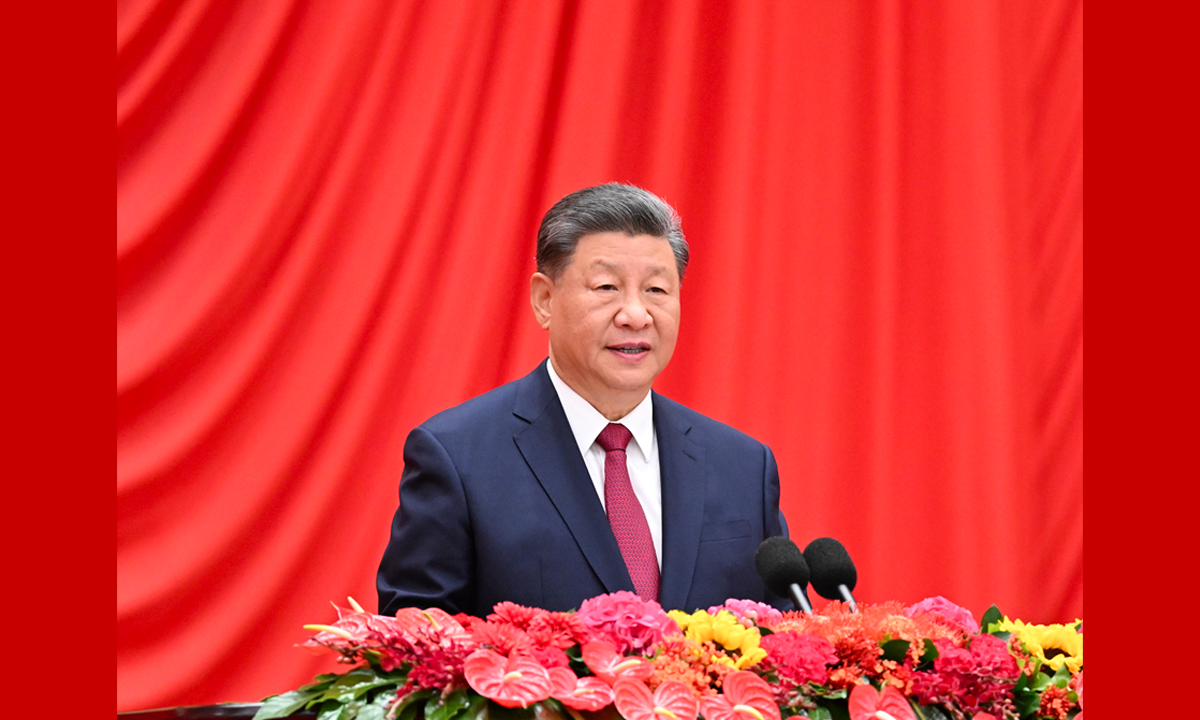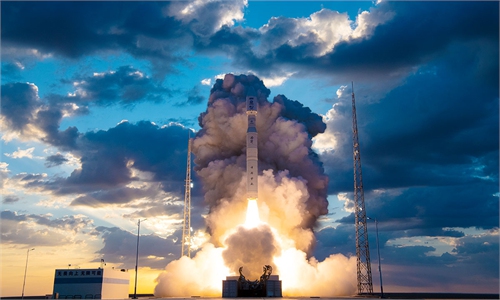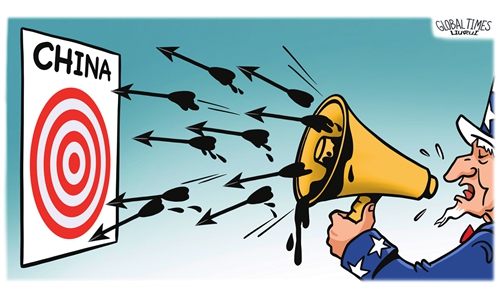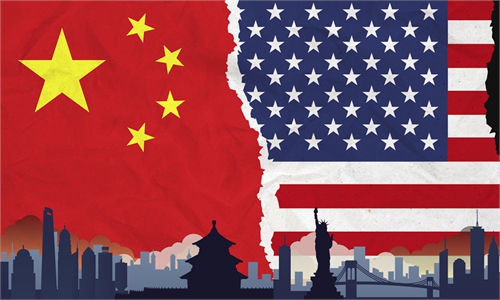<;
A view of flower basket themed "Blessings to the Motherland" in Beijing on September 25, 2024 Photo: VCGThe 75th anniversary of the founding of the People's Republic of China is a momentous occasion, not only for the over 1.4 billion Chinese people but also with global significance and historical importance.
Over these 75 years, the journey of Chinese modernization has profoundly transformed China and influenced the world, truly realizing that "our work will be written in the annals of human history."
This year also marks the 70th anniversary of the Five Principles of Peaceful Coexistence. Amid a changing international landscape, China has steadfastly maintained an independent and peaceful foreign policy, upholding international fairness and justice. As China increasingly approaches global center stage, it continues to make new and greater contributions to the cause of peace and development for humanity.
Seventy-five years ago, when this ancient nation in the East opened a new chapter in its history, the world was just beginning to recover from the devastation of two wars. From a struggling agricultural country, China has evolved into the world's second-largest economy, the world's leading manufacturing power, the top trader of goods, and the holder of the largest foreign exchange reserves. This historical elevation in national strength matches China's significant contributions to global development.
From 1979 to 2023, China's average annual contribution to global economic growth reached 24.8 percent, with an average of over 30 percent from 2013 to 2023. For 12 consecutive years, China's outbound direct investment in foreign countries has ranked among the top three globally, holding over 10 percent of the global share for eight years. China's "new three items" - electric vehicles, lithium-ion batteries, and solar cells - are facilitating the globe to accelerate their green and low-carbon transitions, while its infrastructure projects span over 190 countries and regions worldwide. Today, averagely speaking, China engages in approximately 80 million yuan ($11.4 million) worth of trade with the world every minute, invests approximately 112 million yuan abroad every hour, and attracts about 3.377 billion yuan in foreign investment daily. The development of China is intricately linked with global progress, achieving mutual success, and driving the world toward greater progress and prosperity.
A great nation with over 5,000-year-old civilization stands majestically in the East, as over 1.4 billion people stride forward on the path to modernization. Such a vast scale itself is one of the main powerful driving forces for the progress of the entire world and human society. The practices of Chinese modernization teaches us that development is the key to solving all problems. China has proposed the Global Development Initiative to support the development and revitalization of countries in the Global South. By the end of 2023, China's direct investment in countries participating in the Belt and Road Initiative had exceeded $300 billion. Chinese companies have built the first ultra-high voltage direct current transmission line in the Americas, the first electrified railway, the first digital mine, and numerous infrastructure and livelihood projects in Africa, making an indelible contribution to global infrastructure construction.
From "seek knowledge even if you have to go as far as China" to "seek peace even if you have to go as far as China," peace is a valuable public good that China offers to a turbulent world. Over the past 75 years, China has never initiated any war or conflict and has never occupied an inch of another country's territory. In the face of numerous international security challenges, China has proposed the Global Security Initiative. It has mediated the reconciliation between Saudi Arabia and Iran, facilitated a historic reconciliation among Palestinian factions, and promoted a political resolution to the crisis in Ukraine. Today, China has become the second-largest contributor to the UN regular budget, the second-largest contributor to peacekeeping operations, and the largest troop-contributing country among the permanent members of the UN Security Council. China has always been committed to promoting world peace and development.
To leave behind achievements worthy of being engraved in world history, a nation and its people must not only be judged by their material accomplishments but also by the amount of spiritual wealth they have contributed. The latter often holds more profound significance than the former.
In today's world, where the destinies of nations are closely intertwined, China has proposed the Global Civilization Initiative, advocating cultural exchanges that transcend estrangement, mutual learning that transcends clashes, and coexistence that transcends feelings of superiority. It addresses significant questions, such as how different civilizations can coexist and where human civilization is headed, offering Chinese wisdom and solutions to promote cultural exchanges and the advancement of human civilization.
Over the past 75 years, China has demonstrated an uncommon empathy in the political arena of major powers throughout human history. From proposing the Five Principles of Peaceful Coexistence, emphasizing equality and non-interference in other countries' internal affairs, to the new era's initiatives like jointly building the Belt and Road Initiative, building a community with a shared future for mankind, and the promotion of solidarity and cooperation among the Global South, China has advocated that the sovereignty of all countries are equal regardless of size on global arena while showing respect and support for the development of other countries.
China has provided the worldview of "shared future" and the methodology of "jointly building and win-win cooperation" for all mankind, breaking the nearly 500 years of narrow perspective of the West in viewing the world and building order from the perspective of "hegemonic hierarchy," "center-periphery" and "cultural monism." This is rare in the history of human civilization and is urgently needed in today's world.
The 75-year journey through challenges has underscored the invaluable role China plays in global peace, development and progress. The modernization China has promoted, which embodies justice, openness, mutual benefit, people-first policies, diversity, inclusiveness, eco-friendliness, and peace and security, will only become more significant and valuable to the world as time progresses.
RELATED ARTICLES
Xi urges greater national achievements, contributions to humanity's peace, development
President Xi Jinping on Monday said the Chinese people will score more remarkable achievements and make greater contributions to the .
Xi pays tribute to fallen heroes on Martyrs' Day; activities held nationwide to mark the day
Chinese President Xi Jinping and other Party and state leaders attended a ceremony to present flower baskets to fallen heroes ...











